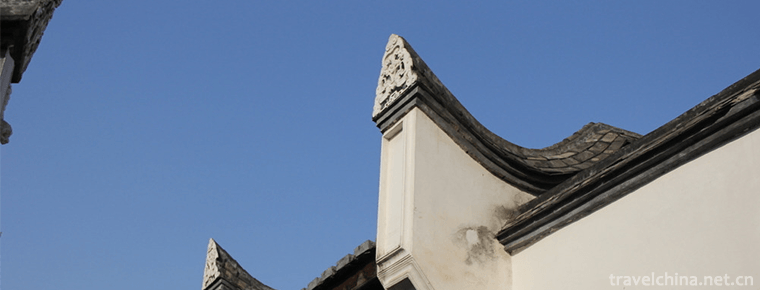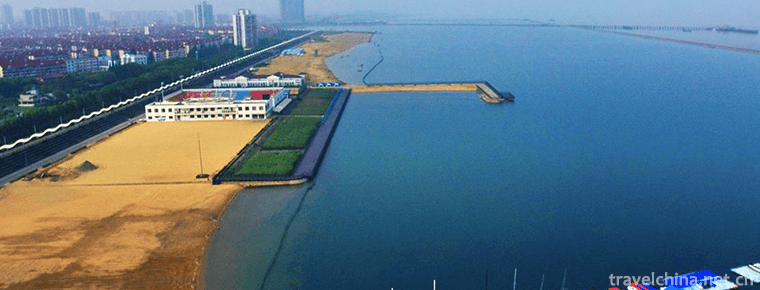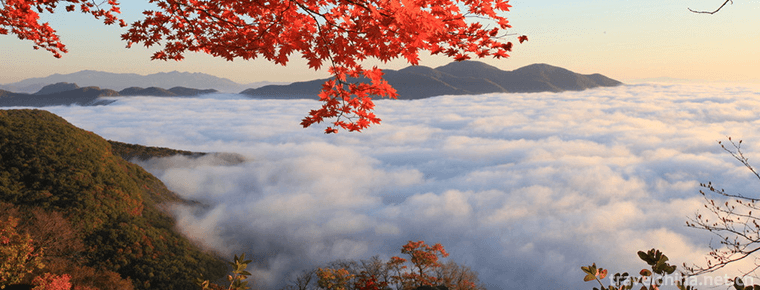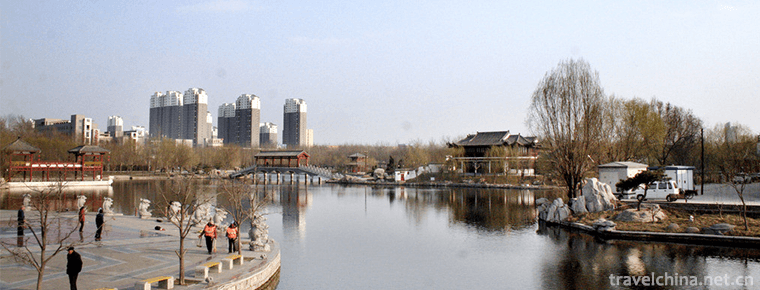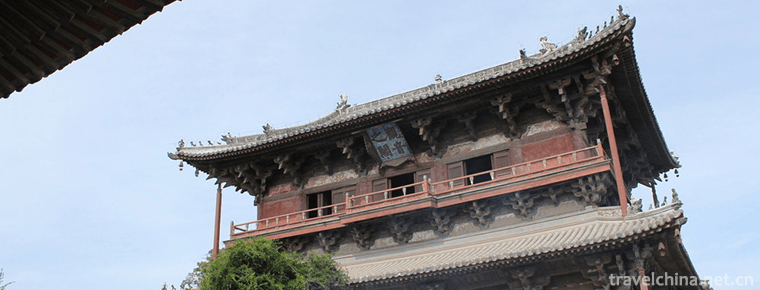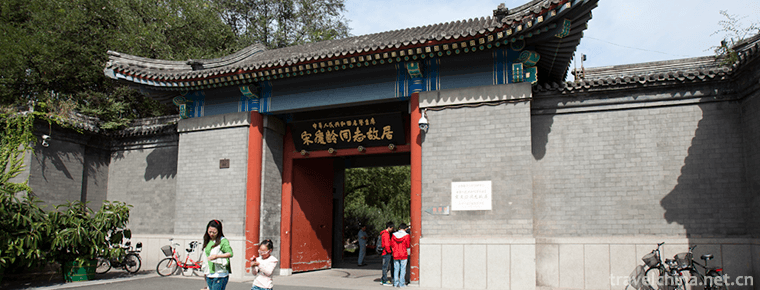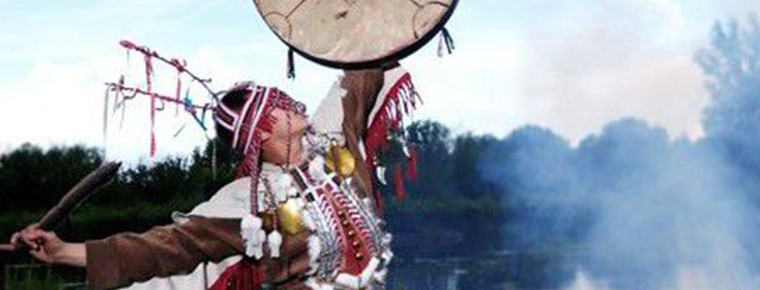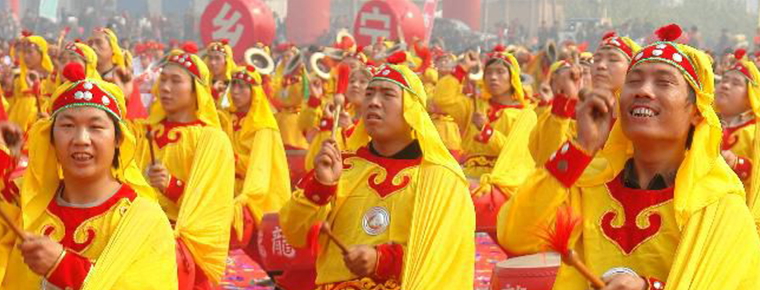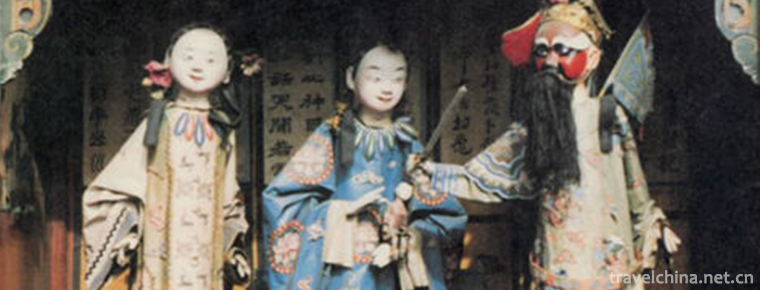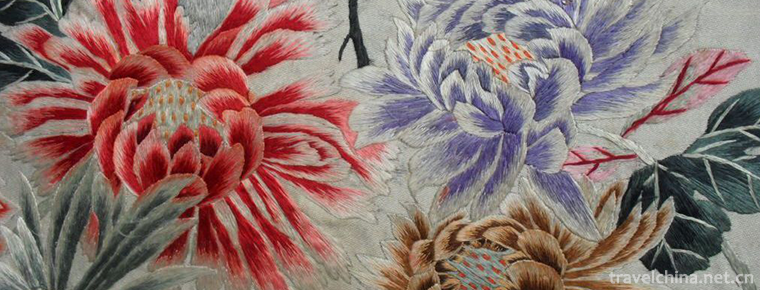Liupanshan National Forest Park
Liupanshan National Forest Park is located in the center of the triangle formed by Xi'an, Yinchuan and Lanzhou. It is located in the south of Ningxia. It spans two counties and one district in Jingyuan, Longde and Yuanzhou District of Ningxia. It covers a total area of 678,800 hectares and the main peak of Mitangshan Mountain is 2942 meters above sea level. The forest cover rate is over 80%, the annual average temperature is 5.8 C, the annual precipitation is 676 mm, and the annual average relative humidity is 60-70%. It is an important water conservation forest base in Northwest China.
In the second year of Qin Shihuang's reunification of China, 220 B.C., he roamed the western and northern parts of Longxi and returned to the Middle Palace with his 39-year-old heroism; in the 24 years of Emperor Wudi of Han Dynasty, he traveled six to six Panshan mountains.
In the Yuan Dynasty, Genghis Khan, a proud generation, set up his military base in Liupanshan, and his descendants, Montgomery Khan, Kublai Khan, the Southern Song Dynasty, Dali and Yehuo, started from Liupanshan and took Liupanshan as their base.
Liupanshan is also the last big mountain that Mao Zedong led the Chinese Red Army of Workers and Peasants to climb. Since then, the Chinese revolution has embarked on a smooth road. Mao Zedong left Qianzhuang Shanhe's Qingping Music Liupanshan.
In December 2006, Liupanshan National Forest Park was rated AAAA-level ecotourism area by the National Tourism Administration.
geographical environment
Location context
Liupanshan National Forest Park is located in the center of the triangle formed by Xi'an, Yinchuan and Lanzhou. It is located in the south of Ningxia. It spans two counties and one district in Jingyuan, Longde and Yuanzhou District of Ningxia. It covers a total area of 678,800 hectares and the main peak of Mitangshan Mountain is 2942 meters above sea level. This is the combination of the farming culture of the Central Plains and the nomadic culture of the North. It is a necessary place for the northern road in the eastern section of the ancient Silk Road and a military fortress for the warriors of all dynasties.
climate
The climate of Liupanshan is a transitional zone from semi-humid to semi-arid in the middle temperate zone. It has the characteristics of continental and marine monsoon margin climate. It has low temperature in spring, little rain, short hail in summer, early autumn cloudy, waterlogging and frost, long cold winter and abundant light resources. The annual average temperature is 5.8 C, the annual precipitation is 676 mm, and the annual average relative humidity is 60-70%.
Landforms
Liupan Mountain is one of the youngest mountain ranges in China. It is formed by Himalayan orogeny and Blue Mountain movement. It is located at the junction of Qinling and Longshan Mountains and is a narrow mountain range with a north-south trend. The main peak is located in the beautiful mountain south of the monk, with an elevation of 2942 meters.
General situation of resources
The forest coverage of Liupanshan National Forest Park is over 80%, and there are 788 species of plant resources. Vegetation types include both horizontally zonal forests and grasslands, and vertical vegetation landscape composed of low-mountain meadow grassland, broad-leaved mixed forest, coniferous-broad-leaved mixed forest and broad-leaved dwarf forest in the vertical band spectrum of mountain vegetation. The main tree species are Populus davidiana, Betula, Quercus liaotungensis, Mixed Tilia, Acer, Salix mandshurica, Pinus armandii and so on. Under the forest, many arrowhead bamboo, hazelnut and many shrubs develop gray cinnamon soil. The meadow grassland and dry grassland are on the sunny slope below the forest belt and 2200 meters below; the weed meadow is on the sunny slope above 2200 meters and on the shady slope above 2600 meters, and the mountain meadow soil is developed, which is a good pasture for livestock. Wildlife resources are abundant, only medicinal plants are more than 600 species, Dangshen, Astragalus membranaceus, Fritillaria fritillaria, Taoerqi and other medicinal materials sell well throughout the country.
Liupanshan Forest Park has a national class of protected animals, including leopard, forest musk deer, red belly pheasant, spoon chicken and golden carving. There are about 200 species of vertebrates, including 38 species of mammals such as leopard and musk deer. There are 147 species of birds, including Golden carving, red belly pheasant, and 905 species of 123 families in 17 orders. Among them, there are rare golden bat moths, vermicelli butterflies, black phoenix butterflies and water wax moths.
Main attractions
Wild Lotus Valley Scenic Area
Wild lotus Valley is about 10 kilometers long. The two sides of the valley are cliffs. There are wild Chinese pine covered with rocky cliffs in the valley, Chinese pine and larch forests on gentle slopes and at the bottom of the valley, and aquatic wild rhubarb lodgers, i.e. wild lotus, on the river bed. At the end of the canyon is an ice waterfall, and the road along the bend of the river bed is the Chitou Road that Qin Shihuang visited in that year.
Xiaonanchuan Scenic Area
Xiaonanchuan is the trump-card scenic spot of Liupanshan Mountain and one of the main sources of Jinghe River. It consists of many scenic spots, such as Ancient Tree Pool, Acacia Water, Birch Bend, Red Birch Forest, Flying Flow Down, Dragon Girl Bath and so on. Liuquan Falls, known as "Xiaojiuzhai" reputation.
Liangdian Gorge Scenic Area
Liangdian Gorge is a place where a generation of proud Genghis Khan troops. Liangdian Gorge means a cool valley. Located deep in the shady and sunny Grand Canyon in the hinterland of Liupan Mountain, the canyon is about 20 kilometers long.
Erlong River Ghost Gate Scenic Area
Guimen Pass Scenic Area of Erlong River is a scientific exploration route. It is not allowed to enter without professional tour guides.
Erlong River is the main source of Jinghe River. The Canyon is 20 kilometers long. It is the core area of Liupanshan Nature Reserve and the most abundant area of wildlife and wildlife. There are well-preserved primitive forests in the area, which are composed of scenic spots such as osmanthus cliff, chrysanthemum jian, little ghost gate, town ghost pagoda, falling pool, ninth step water and mushroom stone. After five o'clock in the afternoon, leopards often appear.

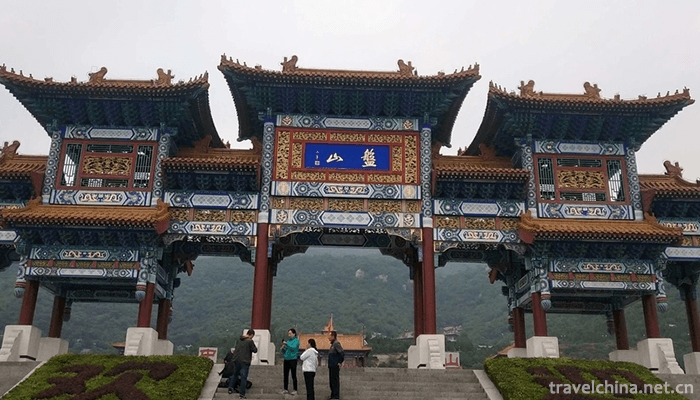
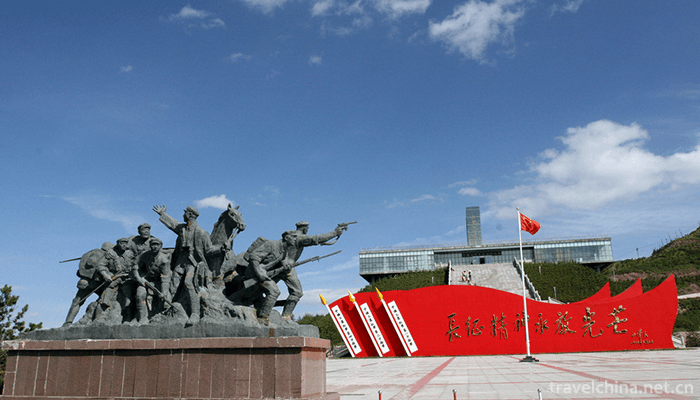

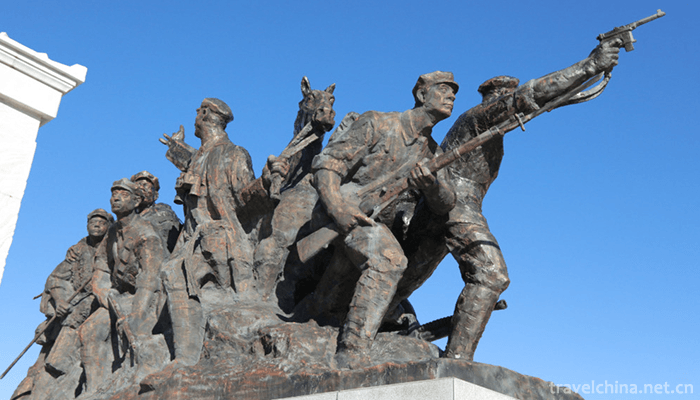
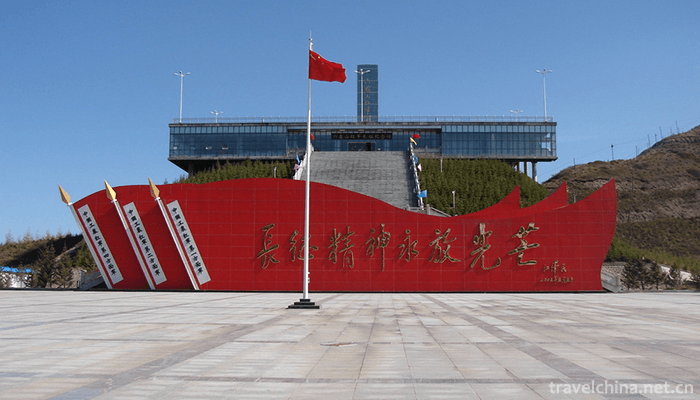
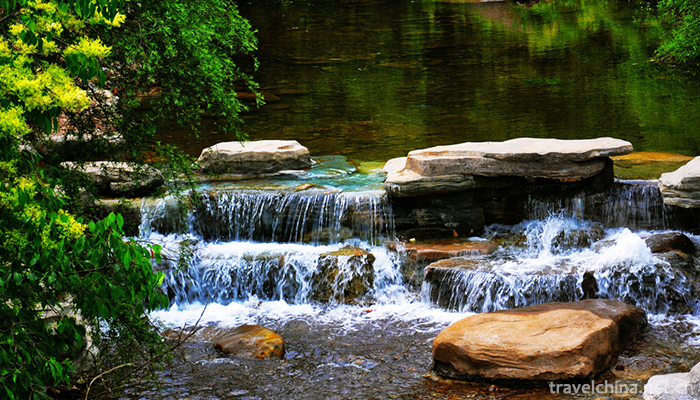
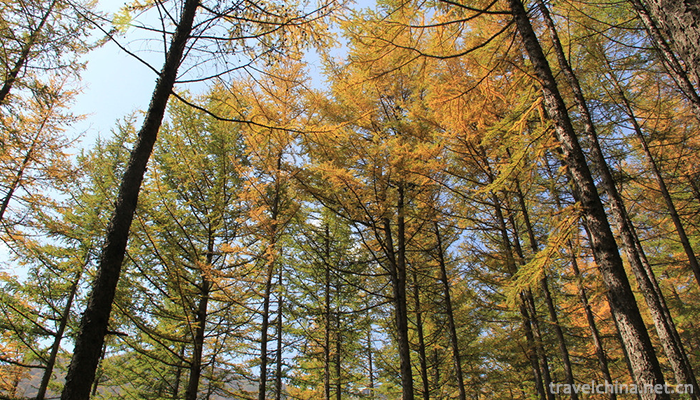
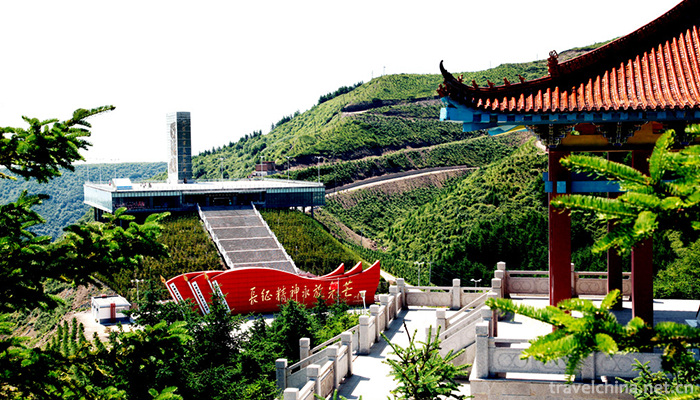
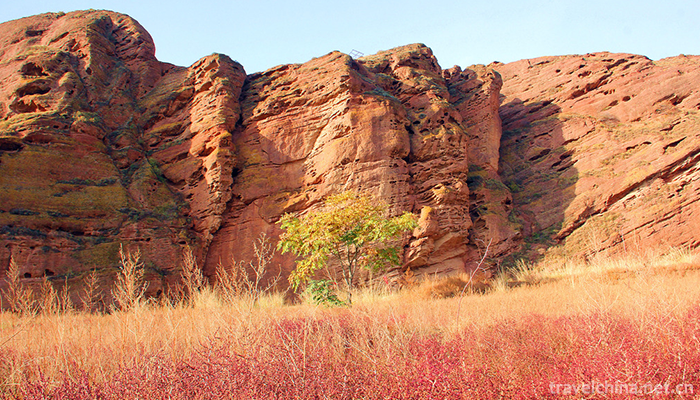
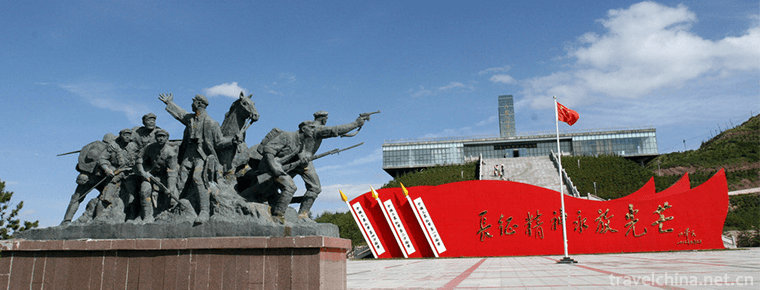
Liupanshan National Forest Park
-
Three Lanes and Seven Alleys
Three Lanes and Seven Alleys(Sanfang Qixiang) is a national 5A tourist attraction, which is the only remaining part of the old city of Fuzhou
Views: 242 Time 2018-12-08 -
Jinshan City Beach Shanghai
Jinshan City Beach is located in Jinshan District of Shanghai, located in the southwest of Shanghai and the North Bank of Hangzhou Bay. It is adjacent to Pinghu and Jiashan City in Zhejiang Province
Views: 188 Time 2018-12-19 -
wunv mountain city
Wunu Mountain City is a national key cultural relic protection unit. It was built by Zhu Meng, the ancestor of Koguryo. The three gates of the city are narrow at the bottom of the wall
Views: 162 Time 2018-12-22 -
Dong Ziyuan Scenic Area
Dong Ziyuan Scenic Area belongs to Dezhou Economic Development Zone. Dezhou Economic Development Zone, as a provincial economic development zone approved by Shandong Provincial People's
Views: 332 Time 2019-01-08 -
Tianjin Dule Temple
Dule Temple, also known as the Great Buddha Temple, is located in Jizhou District, Tianjin, China. It is one of the three remaining temples of Liao Dynasty in China and one of the famous ancient build
Views: 298 Time 2019-01-08 -
Memorial of Song Qinglings Former Residence in Shanghai
Song Qingling's former residence in Shanghai is the place where Song Qingling lived and lived for a long time. Qingling came to live here in the spring of 1949 and ushered in the liberation of Shangha
Views: 217 Time 2019-02-13 -
Shaman Dance of Ewenki Nationality
Shaman dance of Ewenki nationality is a traditional dance of Ewenki nationality. It is a national cultural heritage of China and is spread in Genhe region of Inner Mongolia Autonomous Region.
Views: 174 Time 2019-04-28 -
Auspicious gongs and drums in southern Shanxi
Weifeng gongs and drums in southern Shanxi are folk traditional percussion music which was born and popular in Linfen area of Shanxi Province. The first batch of them were selected into
Views: 168 Time 2019-05-07 -
Pingyao Shage Player
Pingyao Shage Opera, commonly known as Shage Renren, also referred to as Shage, is one of the traditional handicraft techniques in Pingyao, Shanxi Province. Because it was usually placed in the cabine
Views: 246 Time 2019-06-09 -
Suzhou embroidery
Suzhou embroidery is the general name of embroidery products in Suzhou area. Its origin is in Wuxian, Suzhou. Now it has spread all over Wuxi, Changzhou and other places. Embroidery and silkworm reari
Views: 135 Time 2019-06-17 -
Climate of Yibin
Yibin City has a humid monsoon climate in the middle subtropics, and the low hills and river valleys have the climate attributes of south subtropics. It has the characteristics of mild climate, abundant heat, abundant rainfall, suitable illumination, long fr
Views: 367 Time 2020-12-18 -
Sports in Yibin
In 2019, Yibin sports team (member) won 4 world-class gold medals, 15 national gold medals, 30 provincial gold medals, 38 silver medals and 41 bronze medals. The annual sales of sports lottery tickets reached 410 million yuan, and 15 million yuan of public w
Views: 348 Time 2020-12-18
